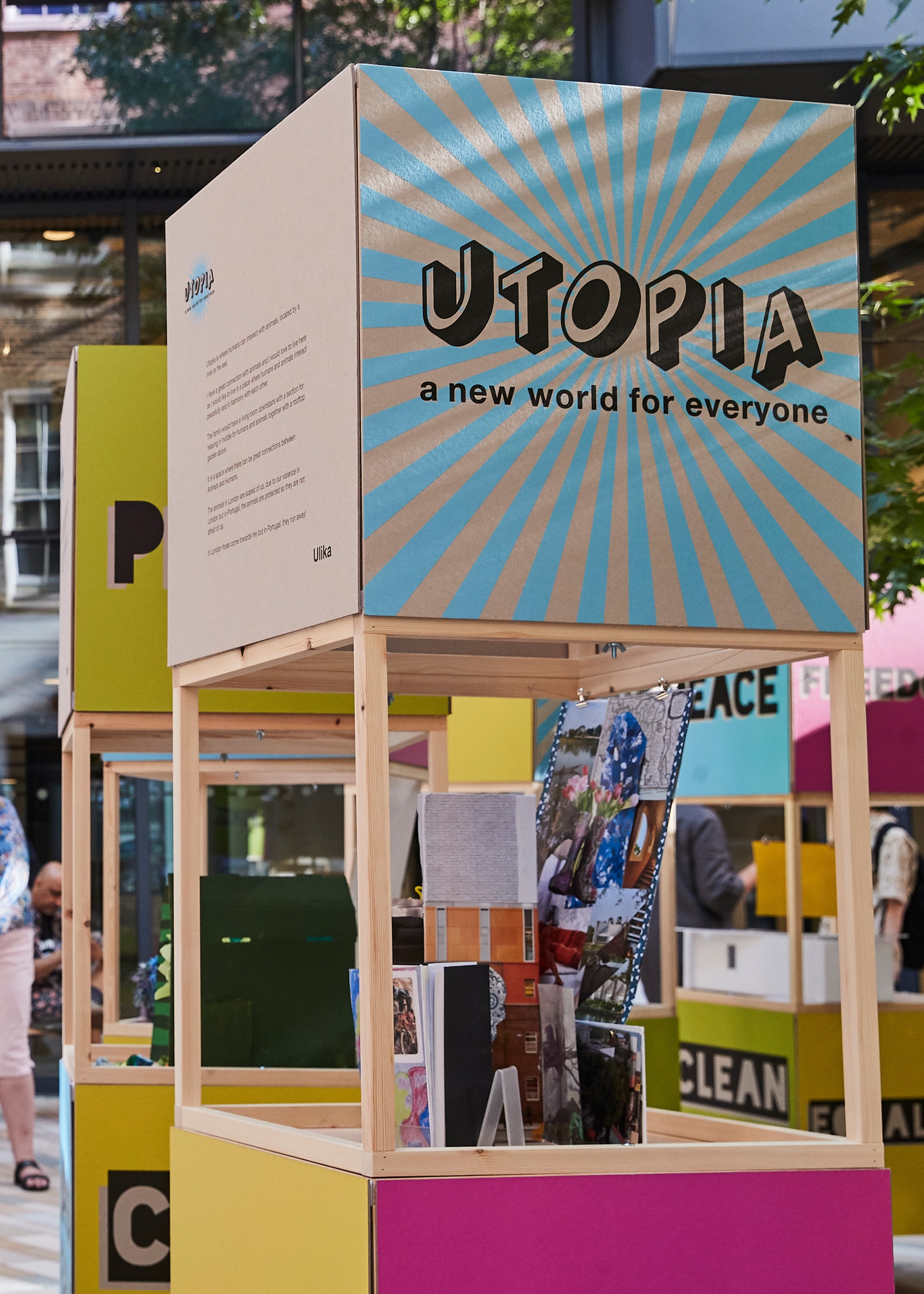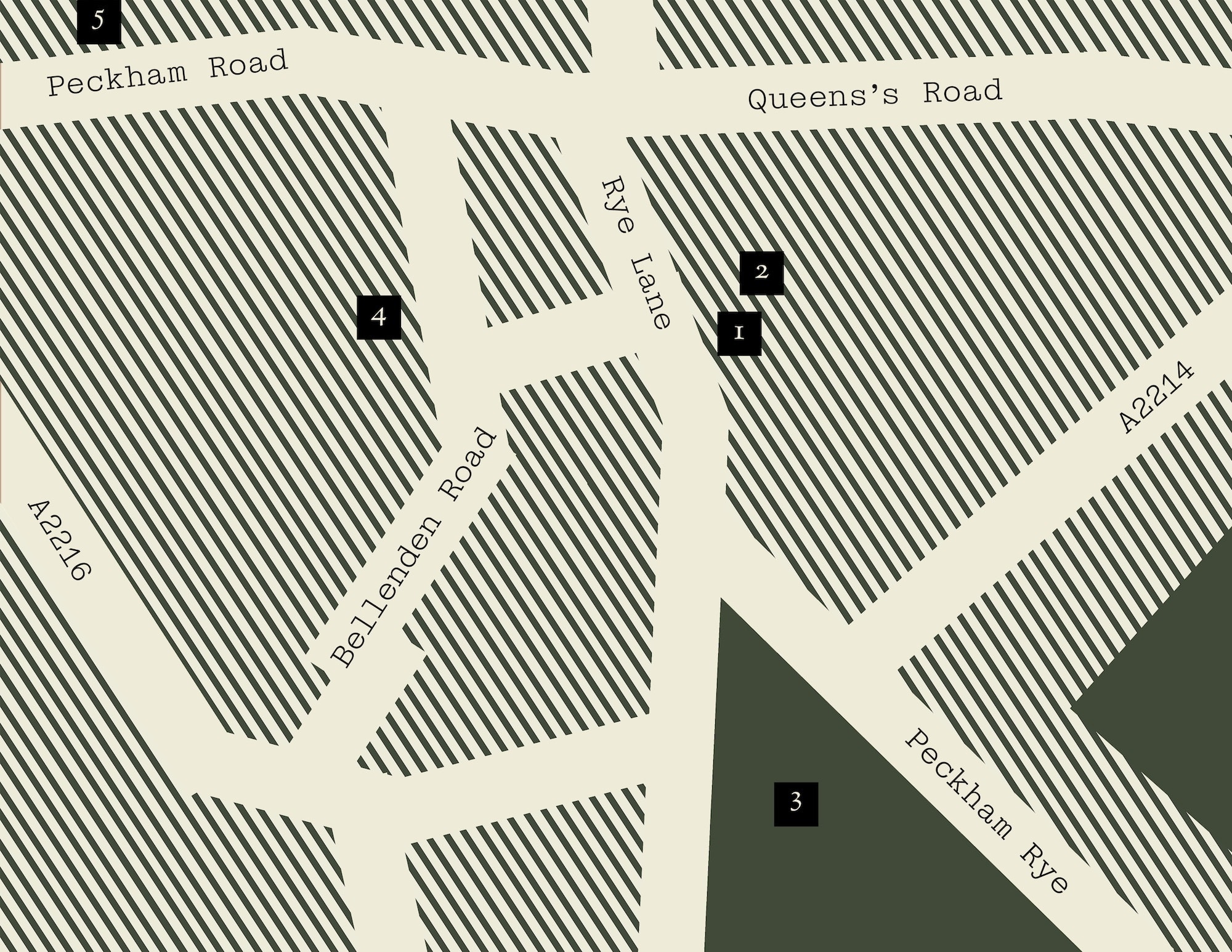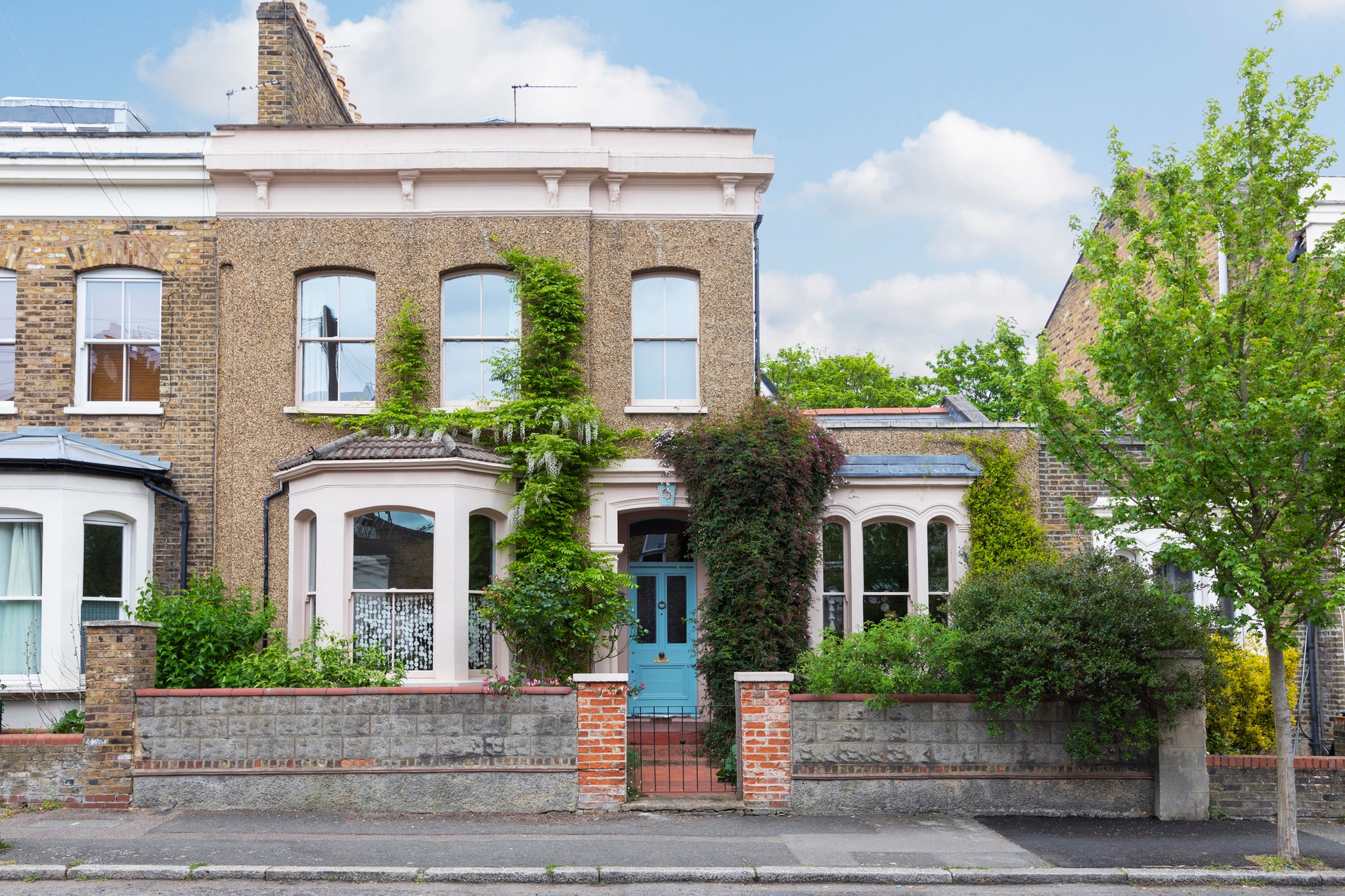About
Looking beyond interior trends: 3 reasons we don't follow them
Words by
Dani Davies
Trends in interior design can be all encompassing, swallowing up everything from wallpaper, to colour and furniture. It would be an easy win for us, when we’re staging a property, to defer to the looks that are en vogue, but we have chosen a different path.
Sustainable interior design principles are central to how we work. We see our role as interior designers and stylists as playing an active role in going against the grain of trends to reduce the negative environmental impact within the home and create beauty which isn’t at the expense of our environment.
Your true colour: the importance of paint
Paint is seen as a shortcut for creating a new interior look. It’s estimated that the U.K paint and coatings industry produced 703 million litres of paint in 2019. But with so much paint being sloshed on walls comes an increase in the use of chemicals.
You won’t find Brickworks following colour trends because, much like fast fashion, it perpetuates disposability and causes unnecessary strain on the environment. Instead we opt for materials that have a lower environmental impact and like to think of colour as an extension of personality. Your inclination towards a certain colour will not be the same as someone else’s. Take the use of calming colours. A sense of tranquillity is evoked for some people using tones of blue, yet for others, only yellow will do. We advocate following the colours that speak to you instead of what is on trend, an approach which will guarantee you love it longer.
Designed to reduce waste
When we dress a house for sale, we’re looking to achieve an aesthetic for future homeowners to live in and love. We start by looking at the interior and work outwards - we consider what era the property was built, what architectural design features can be elevated, and we consider the light in each room and how that will affect the final look and feel.
We opt for objects that are sensitive to the surroundings, using quality seconds or items sourced from antiques markets and fairs. Instead of discarding objects deemed as outdated but are still functional, we come up with creative ways to give them new life. And when we are creating something new, we always look to work with makers who have a strong sustainable ethos such as Studio Brae, Hood Ceramics, Beatrice Larkin , as well as our ever-impressive graduates from Accumulate’s Art School for The Homeless. Our mindful approach to design and function means we create wonderfully unique, characterful looks that are in harmony with the home – and that wins over trend every time.
In it for the long-term: exploring the flexibility of materials
There’s more to house staging than just getting the right price for the owners, although that’s clearly very important. There is also a more sustainable reason. To prevent materials and products getting discarded too often, we consider what materials are already in front of us and how we can creatively use them. An example of this is kitchens. Instead of installing a new kitchen we will regenerate a tired kitchen with paint and new handles.
In our experience, if you present a home in an aspirational way, people are less likely to rip out the interior and redo it, which is a win for the environment. Rather than treat interior design as a seasonal fad, we help people create homes that will enrich their lives and stand the test of time.







